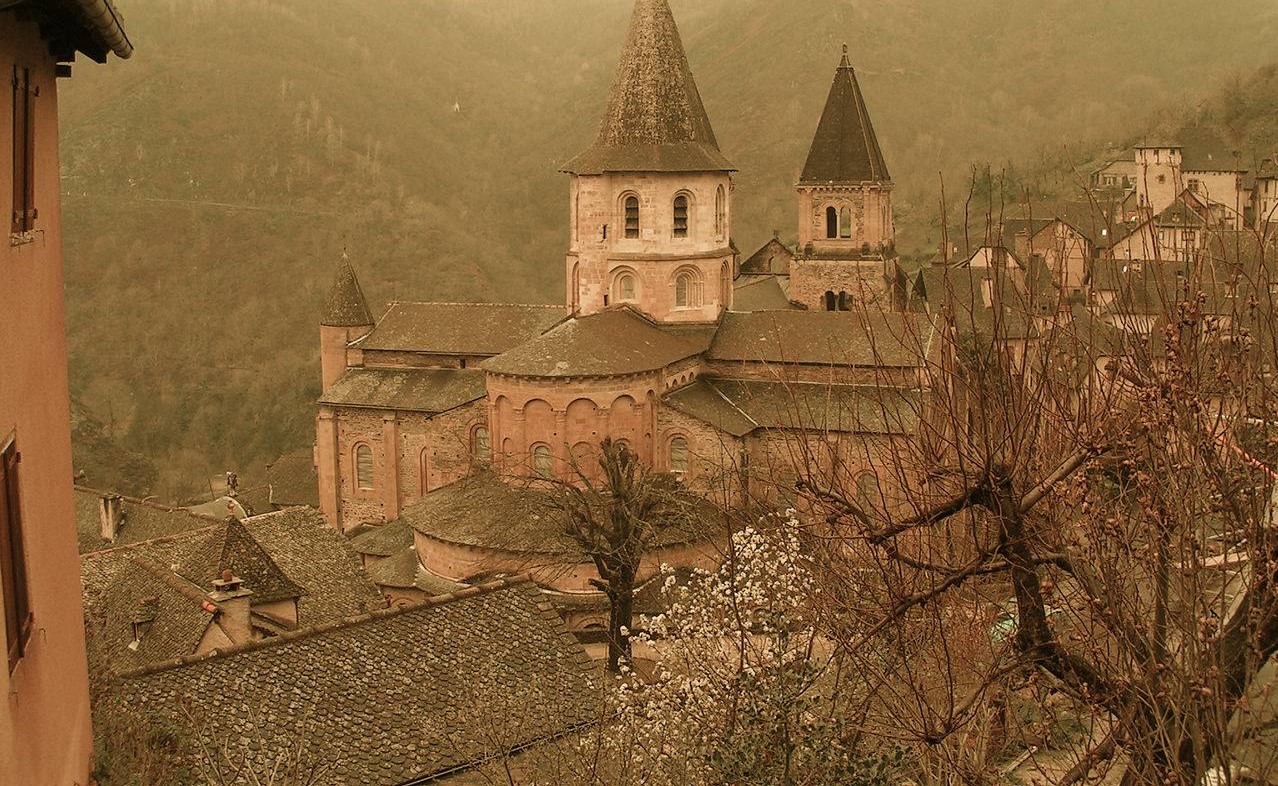In turn, the towns greatly affected the overwhelming mass of the population who remained in the countryside, who now had a place to sell their surplus and an incentive to produce it. Some peasants saved enough cash to buy their freedom. The very word cash suggests a most important development—the flourishing of a money economy instead of an economy of barter.
Barter still continued, but as the magnates came to want more manufactured or imported or luxury items, they wanted cash rather than services. A serf’s labors would produce grain. but not the money to buy armor, so the lord would let the peasant pay him cash and would forgive (commute) the serf’s obligation to work on his land.
With the increase in demand for goods, large-scale fairs became a regular feature of medieval life. Some attracted traders and goods from all over Europe. In Champagne, in northeastern France, for example, there were several great fairs each year. The count of Champagne not only collected a fee from the towns for the privilege of holding the fair, but also received the revenues from a special court set up to try cases that arose there.
As large-scale transactions grew more frequent, it became less practical for merchants to carry large amounts of cash, and during the thirteenth century they came to use a written promise to pay instead. Acceptance of these bills of exchange, a kind of primitive bank check, often made it unnecessary to transport money at all.
Historians continue to debate the causes and extent of the Western economic revival in the early Middle Ages. Many influences were at work. Muslim raids drove many people to take shelter in towns, the better to resist the invaders, and these towns created a more active economy; raids and settlement by Northmen had a similar effect in what was to become Germany. In the tenth century the economy began a slow though mostly steady growth; by the twelfth century the widespread use of instruments of credit had stimulated the economy even further.
Population expansion, the commercial revival, agricultural growth, and the creation of a market system based on a money economy also changed the institutions of feudalism. The link between fiscal policy, property rights and new population pressures was especially significant in England and among the Dutch. Where an economic surplus existed, entire towns could specialize in producing one item for trade, tying themselves ever more closely to the market economy. From about 1500 the maritime expansion of western Europe would carry this economy overseas, while new products from overseas would further stimulate the European economy.
Yet despite the growth of towns and of trade, society in the West did not become predominantly urban. Its rulers generally preserved the attitudes of large country landowners, interested in the productivity of their estates, on which their wealth depended; regarding the great lords and their fellow landowners as sharing their interests, even when they quarreled with them; and respecting the clergy as men of education who were often useful in administering their affairs and who were indispensable to their salvation. They spent their money ostentatiously but felt committed to give alms to the poor and to build churches. They remained part of the country, not the town.

